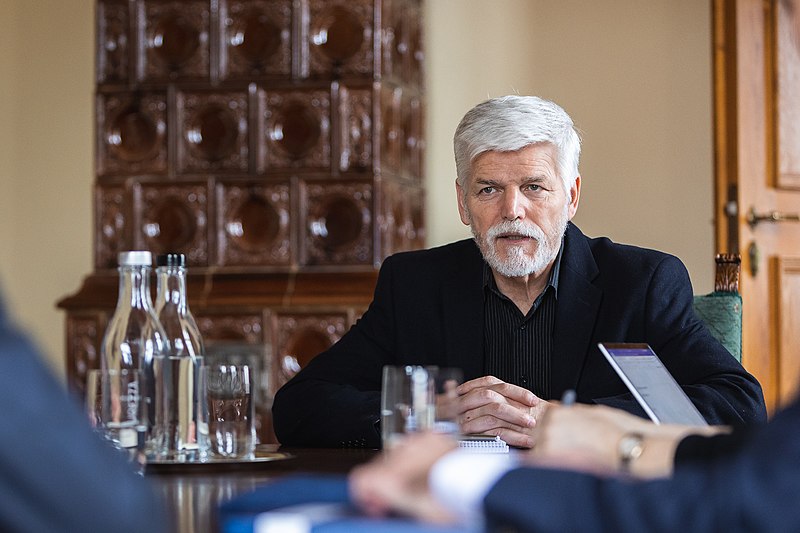Rocket Spanish – Discover a New Culture
September 29, 2017Health and Human Services Secretary Tom Price resigns after criticism for taking charter flights at taxpayer expense – Washington Post
September 30, 2017Politics and rare coins might not seem to go together, but they are linked throughout the history of the United States. From the first coins of the 1650s to the change you carry in your pocket today, political influence has been a significant part of United States coinage.
The first coins struck in what is now the United States were minted in 1652, more than a century before the “United States” existed. The Massachusetts Bay Colony struck silver coins from 1652 through about 1682, yet all but one of the denominations always carried the date 1652 regardless of the actual year of issue. Why? Politics. Since the coins were minted openly, there was real intent to fool the British Crown into believing that all of coinage in circulation was actually minted in 1652, when there was no monarchy. Instead, it was probably a courtesy. The colonists were saying: “We’re going to continue to mint our own coins while not appearing to flagrantly ignore your edicts.”
In 1665, after receiving a book of laws from the colonists, the King’s Commissioners requested that a number of laws be changed or repealed. Among them was the following: “. . .title money, the law about a mint house, etc., be repealed, for coining is a royal prerogative, for the usurping of which yet act of indemnity is only a salvo.”
Salvo? More like a salvation, as the coins were desperately needed in the colonies. It was time when wampum, musket bullets, and counterfeit foreign coins were used as money alongside the few legitimate coins that were available. The colonists ignored the request of the Crown, evidently without penalty.
The Civil War of 1861-65 presented tremendous problems for circulating coinage. The silver half dime was one of the many denominations that wasn’t circulating, and the five-cent fractional currency was considered to be a poor substitute. A solution to the problem was a coin of a new metal, and coins struck in nickel were introduced.
Nickel is impractical for coin production, as its hardness is conducive to laminations, die breaks, poor strikes, and many other problems. When James Pollock, director of the Mint in 1865, proposed a new nickel alloy for coinage, he was under the influence of political pressure. His personal preference was for coins made of French bronze, but nickel magnate Joseph Wharton had many friends in Congress, and the new nickel alloy won out. Nickel had been used in the copper-nickel cents of 1856-64, but the demand or nickel became unprecedented with the introduction of the three cent nickel (1865) and the five cent nickel (1866).
Nickel coins are still struck today, of course, and many of the problems are just as prevalent. Try putting together a set of problem-free Jefferson nickels, let alone such series as Buffalo nickels or Shield nickels.
The political clout of the followers of the late Anthony Comstock led to a significant change in our coinage in 1917. Hermon MacNeil’s magnificent Standing Liberty quarter design, first introduced in 1916, was beautiful and popular. It was also scandalous, at least to the highly vocal Society for the Suppression of Vice. Treasury Secretary William McAdoo was bombarded with complaints about Miss Liberty’s partial nudity, and in mid-1917 the design was modified to cover the lady. It is often argued that there were other reasons for the change, such as 1) the type one coins wouldn’t stack, or 2) the chain mail placed on Miss Liberty was a symbol of war, or 3) it was done so the coin would strike up better. Argument #3 is totally invalid, as the type one Standing Liberty quarter is consistently far superior in strike to the type two. The other two arguments have a degree of credibility based on surviving documents, but the most important reason for the change was almost assuredly a case of “comstockery” as the prudery was labeled by prominent writers of the era.
While the incidents of coins mixing with politics mentioned above are famous ones, perhaps no other case can quite compare to the Morgan dollar. The Mint Act of 1873 abolished this denomination, along with the other issues such as the three-cent silver and the half dime. By 1878 the silver dollar was back as the result of extreme political pressure from the silver interests, such as the owners of the gigantic Comstock Lode, a monumental silver mine in Nevada. Overriding a presidential veto, the Bland-Allison Act of February 28, 1878 provided that the government would purchase $ 2 million to $ 4 million in domestic silver for coinage into silver dollars. It took less than two weeks for the new design to be approved, the dies made, and the first proofs struck.
The Sherman Silver Purchase Act set the amount of silver to be purchased monthly at an exact figure-187 tons per month. When the act was repealed in 1893, the mine owners were rich and the Treasury vaults were overflowing with unneeded silver dollars. It wasn’t until 1898 that legislation provided for the disposal of the remaining silver through continued silver dollar mintage. In 1904, the silver finally ran out in 1893, the mine owners were rich and the Treasury vaults were overflowing with unneeded silver dollars. It wasn’t until 1898 that legislation provided for the disposal of the remaining silver through continued silver dollar mintage. In 1904, the silver finally ran out, and Morgan dollar production ended for 17 years.
The story of the Morgan dollar was nearly finished-but not quite. In 1918 the Pittman Act was instituted, which required the melting of up to 350,000,000 silver dollars. A little over a quarter of a billion-that’s right, billion-were actually melted, but political pressure caused another weird scenario. The silver lobby persuaded Congress to include a clause that domestic silver be purchased to replace the silver dollars lost in the melting. What was this silver used for? Starting in 1921, it was used to mint silver dollars!
Coins and politics. Politics and coins. After nearly 350 years, they are still inextricably entwined, an integral part of our past and an inevitable part of our future.
The three-cent nickel: the alloy won out over silver
Joel Rettew (http://www.fastcoin.com) started collecting coins in 1953 as a Boy Scout and has always believed in helping to educate the youth of our country about numismatics.
More Politics Articles



